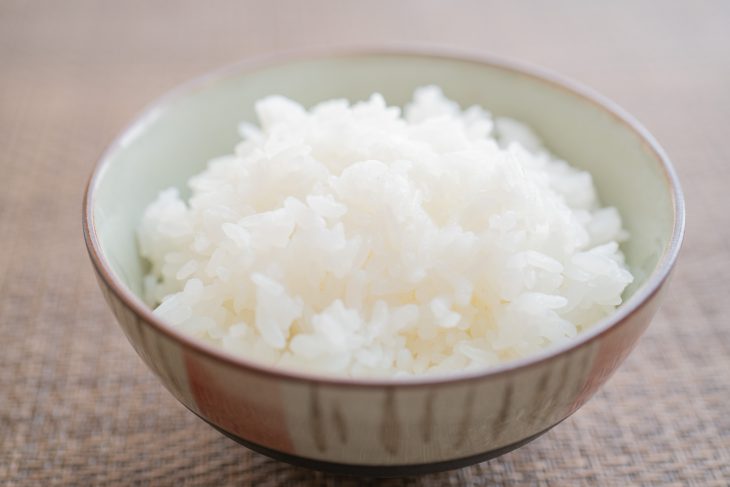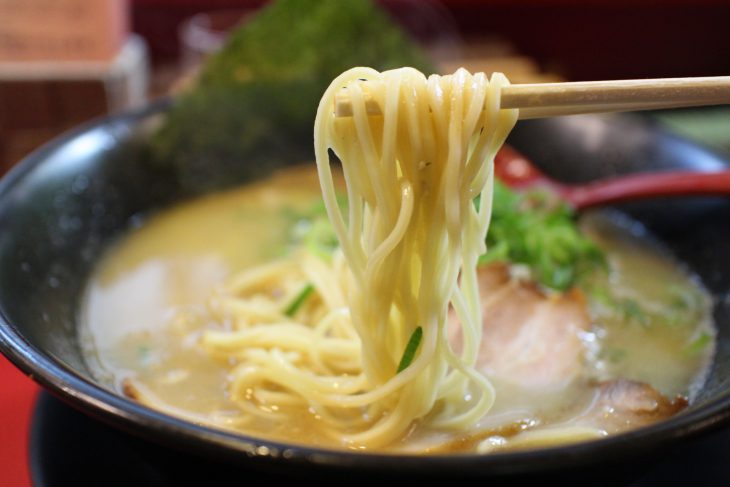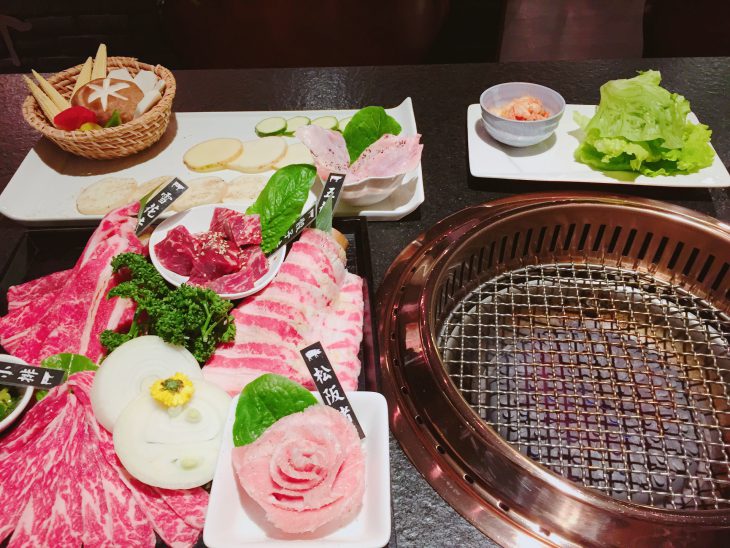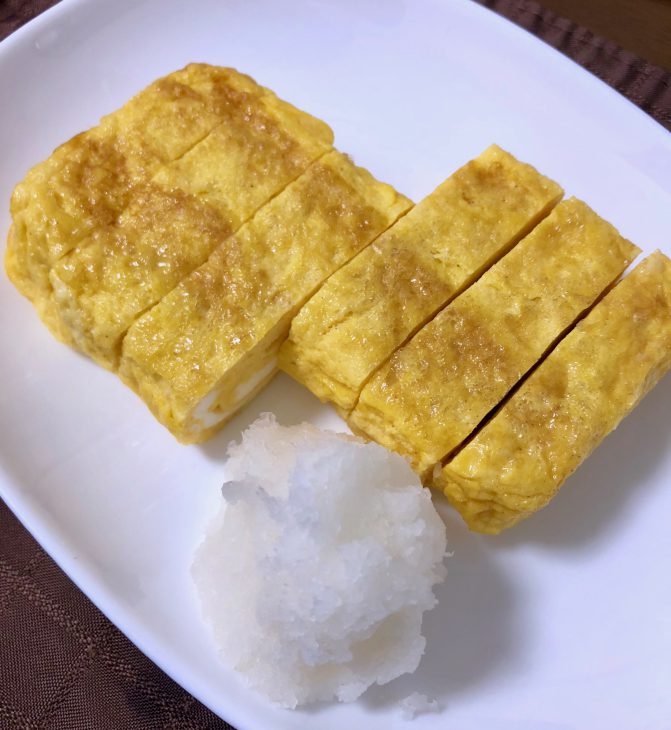Washoku: Traditional Japanese Cuisine Part Three
Today FFJ writer MENTAIRICE is here to give you an introduction to washoku, Japan’s national cuisine which has become a worldwide sensation in recent years and was even added to the UNESCO Intangible Cultural Heritage List in 2013.

Contents
The four defining characteristics of washoku are:
(1) An emphasis on bringing out the natural flavor of a diverse variety of fresh ingredients
Japanese territory spans far lengthwise from north to south and is blessed with an abundance of natural landscapes from the sea, to the mountains, to the countryside. Thanks to this geographic diversity, each region is home to a wide variety of local ingredients which are incorporated into the country’s traditional cuisine along with a set of cooking techniques and tools developed specifically for bringing out the inherent flavors of the ingredients themselves.
(2) Balanced nutrition to support a healthy diet
The foundation of the traditional Japanese meal consists of one soup and three dishes, which is said to make for the ideal nutritionally balanced meal. Japanese cuisine is also great at bringing out the natural flavors of the each ingredient, allowing for a diet low in animal fats which has helped contribute to the country’s long life expectancy and low obesity rates.
(3) An expression of the beauty of nature and the changing seasons
Yet another defining characteristic of traditional Japanese cuisine is that it seeks to incorporate the beauty of nature and the changing seasons. Dishes are often garnished with seasonal flowers and leaves and everything from the furnishings to the tableware used are symbolic of the season, allowing one to fully appreciate the distinct atmosphere of each season.
(4) A significant part of seasonal events such as the New Year’s holiday season
Traditional Japanese cuisine has evolved to form an integral part of the country’s seasonal events. By sharing the foods with which we were blessed by nature, mealtime in Japan has played an important part in strengthening the bonds among families and communities.
*From the Japanese Ministry of Agriculture, Forestry and Fisheries website
Ramen

Ramen is a well-known Japanese dish which has now become widely popular worldwide. This dish consisting of noodles, broth and ingredients such as meat and vegetables was originally a Chinese noodle dish adapted to Japanese cooking, and as such it is occasionally referred to as chuka soba, or Chinese noodles.
Although ramen did originally enter Japanese cooking from China, the Japanese have since adapted it into their cooking such that it has now transformed into an entirely new dish of its own. Nowadays there are so many different kinds of ramen that it has become harder and harder to classify them, but the most well-known varieties include tonkotsu (pork bone broth) ramen, shoyu (soy sauce-based) ramen, miso ramen, and shio (salt-based) ramen.
The birthplace of tonkotsu ramen, Fukuoka is famous for this local variety of ramen in particular.
There are countless ramen shops scattered throughout each and every region of Japan, and you can even find instant and other kinds of ramen dishes available at convenience stores and the like throughout the country as well. Ramen is such a deeply-rooted part of the Japanese culinary tradition, making up the backbone of its restaurant culture and filling Japanese stomachs for years and years, that it can even be said to be the national food of Japan.
Yakiniku

Yakiniku (literally “grilled meat”) is a dish which consists of different kinds of meat such as beef, pork, organ meats and more grilled on an open fire and dipped in tare sauce. Meat is typically grilled right at your table while eating. While the dish first originated in Korean cuisine, in recent years Japanese yakiniku has evolved independently into a diverse kind of cuisine in its own right with a history of its own.
Even minor differences in how fresh the meat is, its place of origin, variety of meat, part of the animal, grilling method, and tare sauce will bring out wildly different flavors which you can enjoy. You can also enjoy the unique taste of each individual restaurant, and while there are of course many upscale yakiniku restaurants, there are also plenty of reasonably priced restaurants around as well.
Yakiniku is a big hit among the Japanese themselves as well, so if you come to Japan you’ll soon discover that there are countless yakiniku restaurants found all over town!
Tamagoyaki

Tamagoyaki is a traditional Japanese omelet made by lightly scrambling eggs together with condiments such as sugar, salt, or soy sauce and fried, typically in a special frying pan known as a tamagoyaki-ki, or tamagoyaki pan, while at the same time rolling it into a cylindrical shape. The cooked omelet is then cut into slices which are easy to eat, easy to hold with chopsticks, and easy to split and then served. Also known as the sushi topping atsuyakitamago, literally “thick omelet”, it is often eaten for breakfast or as a part of a typical bento lunch box.
Each family makes its omelets a little differently, but they can be widely divided into two main categories: salty omelets and sweet omelets. They can also be broadly classified into either Kanto-style or Kansai-style, each regional style differing significantly in taste and shape. A number of other ingredients such as nori seaweed, green onions, mentaiko, or copious amounts of dashi (in what is known as dashimakitamago) are often added, for a truly wide variety of tamagoyaki omelet flavors.
All kinds of restaurants from izakaya (Japanese-style pubs) to sushi restaurants serve this all-time home-style favorite so often enjoyed by the Japanese in childhood and beyond.
Traditional Japanese washoku cuisine has received high acclaim worldwide and you will now find a number of Japanese restaurants popping up all over the globe. So be sure to come and enjoy this authentic culinary experience right here in the birthplace of washoku.
